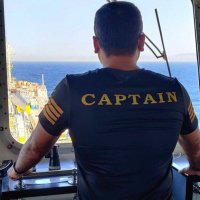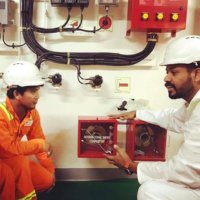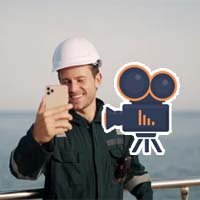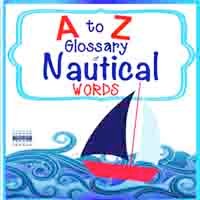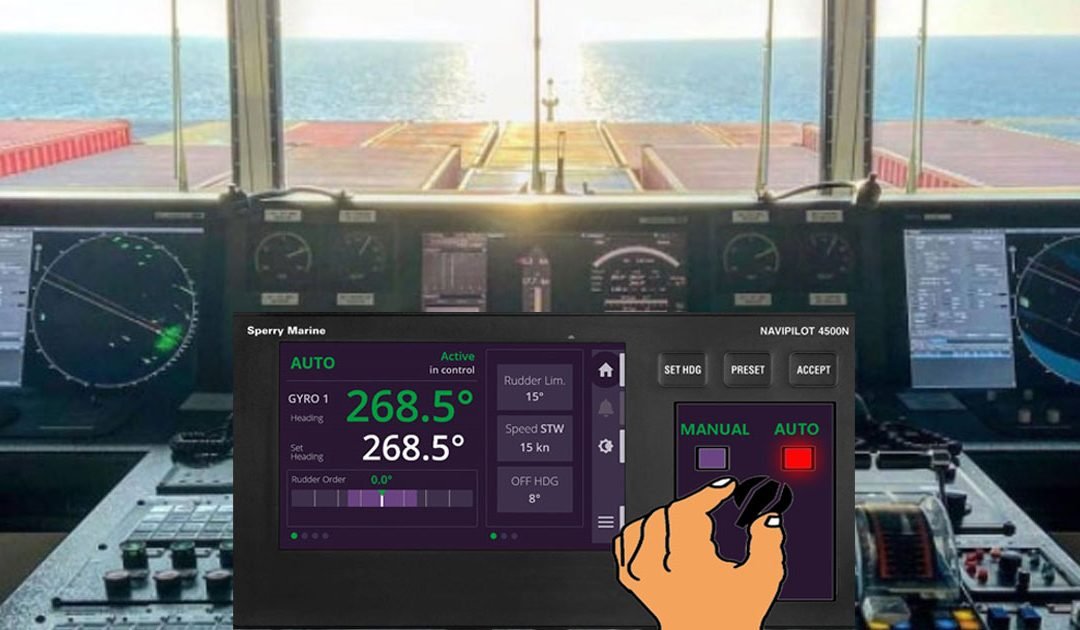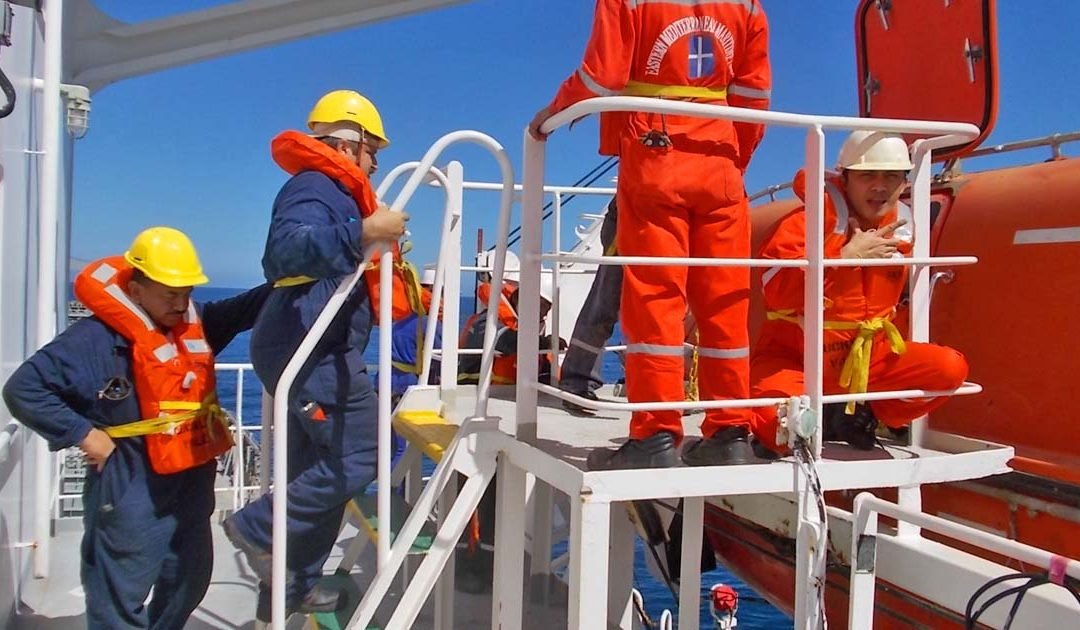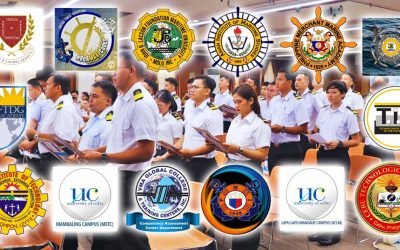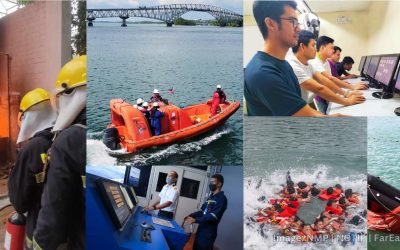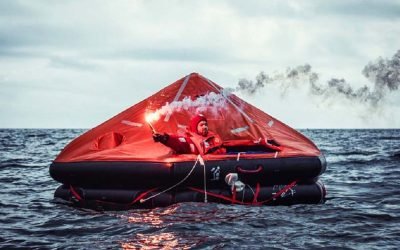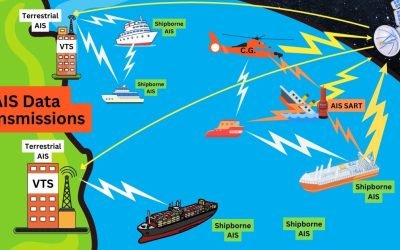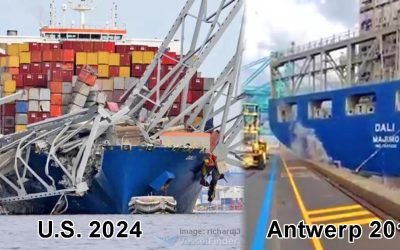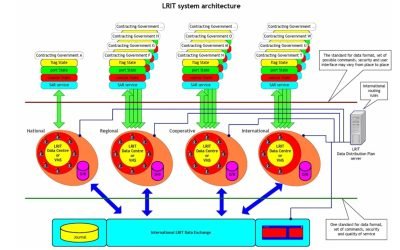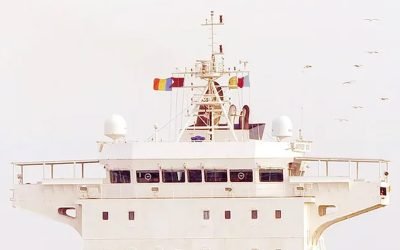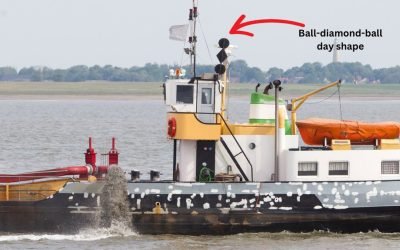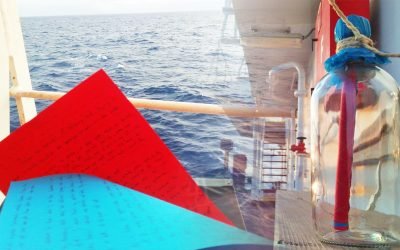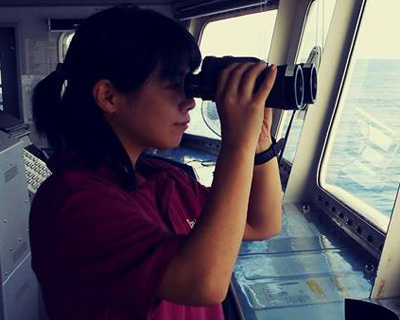Seaman Memories
The best educational resource in the maritime field.
Recently Published
Seaman’s Notes
Top 20 Maritime Schools in the Philippines
I often receive emails from interested students asking about the best maritime school in the country. I...
Minimum Requirements of STCW Training Courses Per Rank
Pursuing a career at sea requires extensive training and certification. The higher you progress through...
21 Distress Signals That Indicate a Ship is Asking for Help
Distress signals are among the most important communication tools on board every vessel. Because these...
What is an Automatic Identification System (AIS)? Best Explanation
An Automatic Identification System (AIS) is a maritime communication technology that enables the...
10 Facts About Dali, The Container Ship That Hit Baltimore Bridge
Dali is a 300-meter container vessel that collided with the Francis Scott Key Bridge in Baltimore,...
Understanding the LRIT System Architecture & the Flow of Data
The LRIT system architecture might seem like technical jargon for seafarers, but its basic knowledge...
6 Most Commonly Used ICS Flag Signals On Ships
Flag signals are one of the visual communication methods that many merchant vessels use today. Whenever...
Identifying Ship’s Lights, Shapes, and Sound Signals
While many ships today upgrade their navigational tools to the latest technology, knowing the lights,...
I Wrote a Message In a Bottle & Released It in the Middle of the Atlantic Ocean
I actually wrote three. But I don't know if the bottles or the messages inside survived. The bottle...
Mariner’s Handbook
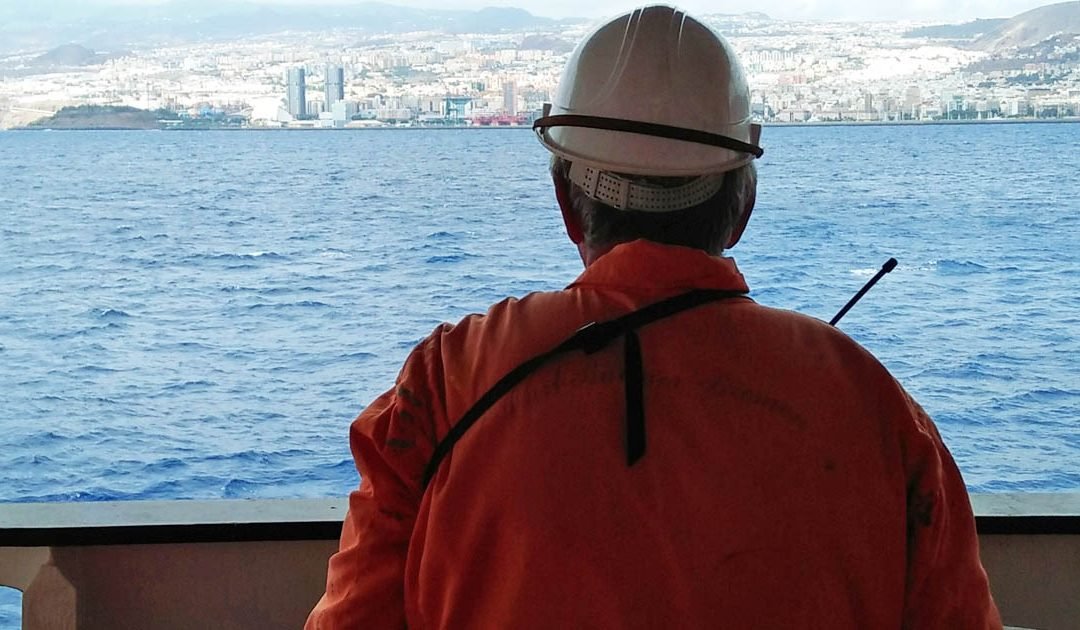
First Time Onboard? A Comprehensive Guide to Joining Your Ship
I recently received a comment from a reader about the embarkation process and how seafarers join their ships. His concern was valid, and I can relate to it, especially on my first contract as a cadet in the deck department. Do you know that...
What is an LRIT or Long-Range Identification and Tracking?
Unlike conventional navigational tools onboard, LRIT operates with a unique functionality. Ships...
How Echo Sounders Aid Seafarers in Navigation
An echo sounder is the only device on board that measures the depth of water below a ship's keel in real...

